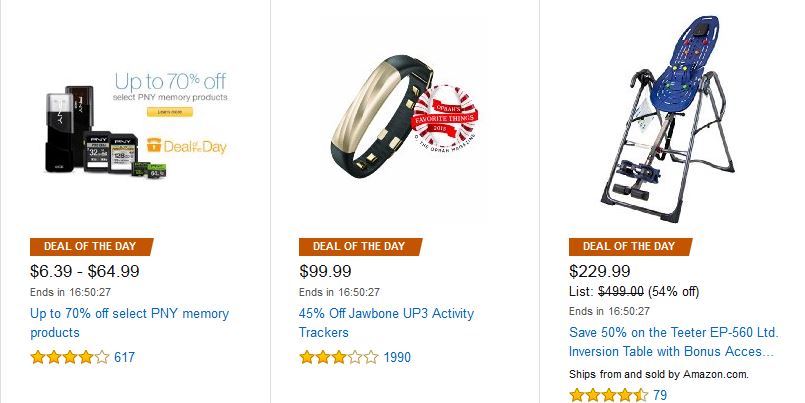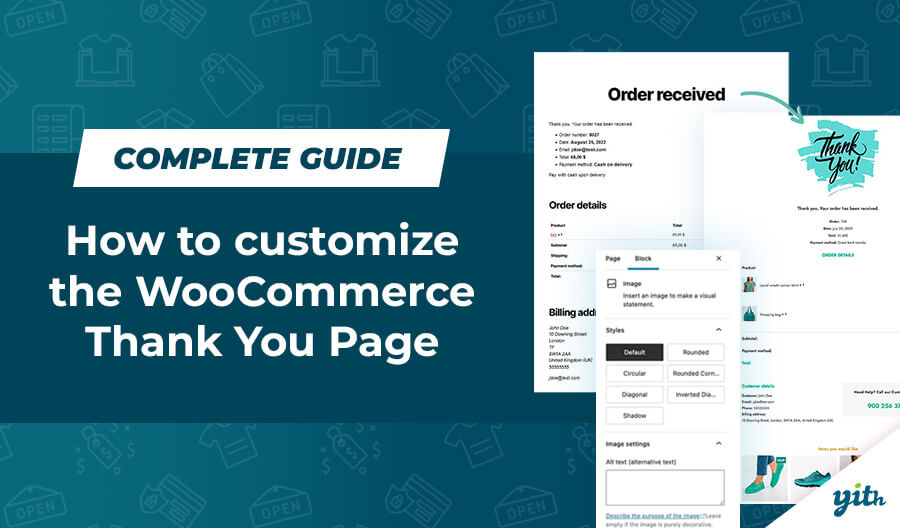I tried putting myself in the shoes of a seller who is trying to find new ways to improve their online sales. The articles you can find online generally show two aspects of the same tool: why you should use and why you shouldn’t.
Consider discounts: one of the most commonly used marketing tools in the world, anybody who has a store (physical or online) sooner or later find themselves introducing discounts as an attempt to increase sales.
If I looked for information about how to add a discount system in my e-commerce store online, I would then find two kind of articles:
- Some about the reasons why I shouldn’t do it: since they lower your gain rate and they reduce sales once they are no longer active.
- Some about the reasons why I should: they increase sales, the average purchase and improve customers satisfaction.
What should matter to the users isn’t why they should or shouldn’t do it though, but HOW to use this tool: good or bad consequences are a direct result of how this system was used.
So this is why I decided to write two articles that would explain how discounts work as a marketing tool, their different uses and the results they might bring.
In this first article we are going to check out the potential of a time limited discount and the importance of discounts an element of elaborate schemes such as loyalty programs.
Timed discounts – The Principle of Scarcity
I’m sure you already noticed how many discounts have a time limit before they expire, why is that?
Many people simply create a timed promotion because they know it works, since everybody else does them, so they might as well try!
Understanding the mechanics behind the success of a marketing tool though, is essential to be able to use it at its full potential.
A timed discounts owes its effectiveness to a subconscious psychological process named “Principle of Scarcity” by Robert Cialdini, one of the top expert worldwide when it comes to neuro-marketing.
Cialdini’s principles focus on those automatic connections our brain makes due to the social environment we live in (or even those who are naturally ingrained in our minds) and timed promotions are a clear case of these.
When you add an expiration date to a discount, you stress out the fact that it won’t be possible to use that discount after a given date. This seems obvious, but this is where it gets interesting: the point here isn’t the discount itself or its expiration date.
Once an offer is over we cannot obtain a specific item at a discounted special price ever again and for our subconscious that’s just unbearable. Here’s a simple example: Give a child ten toys then forbid him to play with one of them.
Most of the times, the child is going to pick that specific toy to play with, since the subconscious part of our brain refuses any limitation to our freedom.
Many things change while growing up, but not the subconscious processes that guide our actions, that’s why when we offer a timed discount, our brains understands it as: “If you don’t buy this right now, you will NEVER be able to do so EVER again!”
Not only that: a timed promotion triggers yet another subconscious process, meaning our desire to find “shortcuts”. We spend our life longing to own items that are out of our league and we are often explained that in order to obtain something valuable, we need to pay (with work or money). This is why a discount is perceived as a shortcut that allows us to get our desired items without having to pay for their full value.
This is all very interesting, but why is it so important to know these things? Well, since now you know which aspects you should focus on in order to increase the effectiveness of your promotion!
I’ve seen many people trying to improve the effectiveness of their timed discounts by increasing the discount rate, repeating the same offer over and over, etc.
And all they gained from this was:
- They lowered their own profit rate
- They lowered the effectiveness of the tool itself, since customers KNOW they are not dealing with a unique occasion.
It might also be relevant to stress out just how much customers would miss if they were to pass on said offer, how unique it is and how much more valuable the item is compared to its discounted price.
The best way to prove that these tools are effective comes form the fact that they are used by massive companies such as Amazon: the worldwide number one leader in sales has a dedicated section for flash sales including a countdown on each single product.
Offering discount is always risky for sellers, but when you know the right way to offer it, it becomes a very limited risk.
Pro-tip: If you use WooCommerce, you can introduce timed discounts for your products (just like Amazon does) including countdowns by using the WooCommerce Product Countdown plugin.
A discount as reward for your work
Another very common way used to offer discounts is to create a Loyalty Program: I’m sure you’ve seen many store of all kinds offer the opportunity to gain points and exchange them for discounts or rewards.
Why do so many stores use this marketing system? Because it clearly works and because many others use it.
But how does a Loyalty Program work exactly? And how is that different from a single discount?
First of all its effectiveness: discounts often increase the possibility of purchases from customers, often risking to stop our relationship with the customer if we don’t manage to keep their attention on our store after the first transaction. A Loyalty Program works differently: other than being an excellent marketing tool (maybe including rewards other than just discounts, no matter if it takes many points to get them) the program enhances the value of each single purchase.
Why?
Do you remember when I said that we were taught that a valuable object has to be paid with work or money? That’s the frame of mind we were taught and it has two direct consequences: an expensive object suddenly acquires value and we are not particularly keen on spending our money.
This last points is why it’s hard to convince customers to buy something, and I’m sure it happened to you as well to wonder: “Did I make the right choice spending money for this item?”
Thanks to Loyalty Programs you can stay away from this risk, since your sales will no longer be an end in themselves but will become a step in a path that leads to a reward. And this feeling grows stronger the more purchases your customers make.
So this is how a simple discount may become a part of a much more complex marketing plan.
Pro-tip: If you use WooComerce for your store, you can start your own Loyalty Program using the WooCommerce Points and Rewards plugin,
In the next article we are going to see more uses of discounts as a marketing tool, specifically, we are going to see how to use them to increase sales and the average income per customer.




